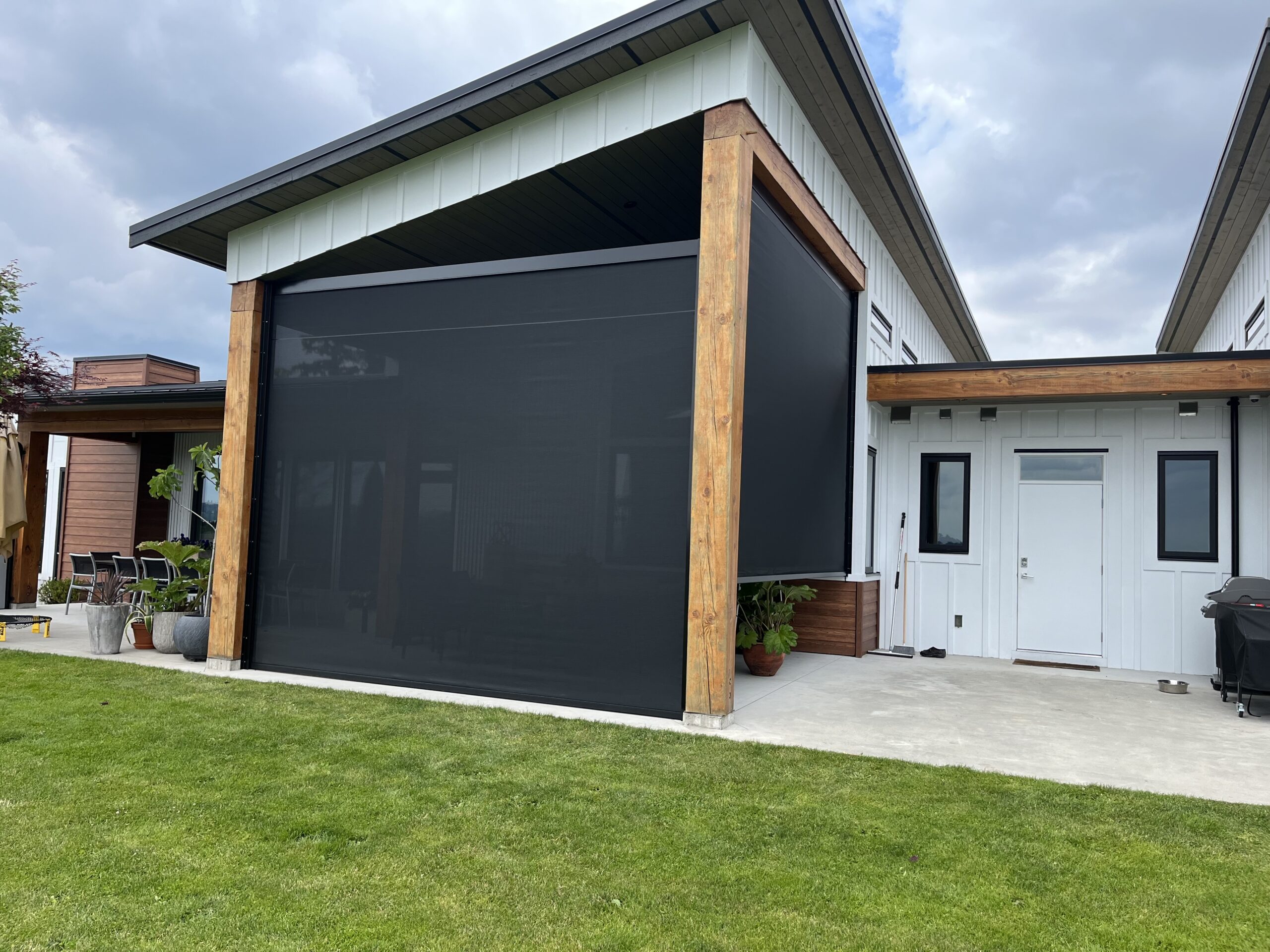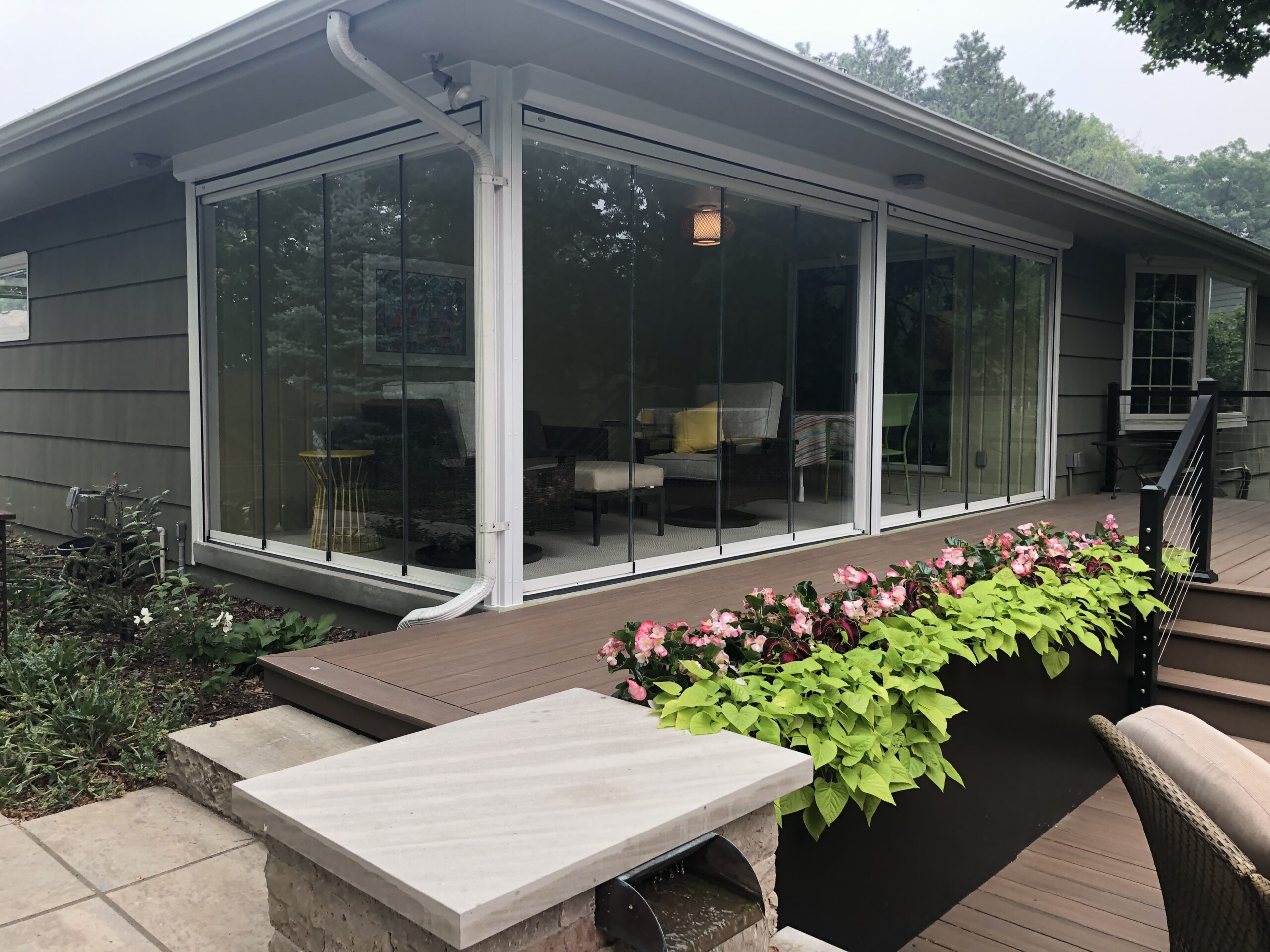In an era where environmental concerns and sustainability are at the forefront of architectural and construction practices, LEED (Leadership in Energy and Environmental Design) has emerged as a vital certification program. LEED offers a comprehensive framework for designing, constructing, operating, and maintaining green and sustainable buildings. One often-overlooked element in this process is the inclusion of roll shutters, which can play a significant role in achieving LEED certification.
Understanding LEED Certification
LEED, developed by the U.S. Green Building Council (USGBC), is a globally recognized certification program that assesses the environmental performance and sustainability of buildings. The program provides a set of guidelines and benchmarks to evaluate a building’s design, construction, and operation in several key areas, including:
- Sustainable Sites
- Water Efficiency
- Energy and Atmosphere
- Materials and Resources
- Indoor Environmental Quality
- Innovation in Design
- Regional Priority

Projects earn LEED certification by accumulating points across these categories, and certification levels range from Certified to Silver, Gold, and Platinum. The higher the certification level, the more environmentally friendly and sustainable the building is considered.
The Role of Roll Shutters in LEED Certification
Roll shutters, though not often top of mind when thinking about sustainability, can contribute significantly to LEED certification in various ways:
1. Energy Efficiency:
Roll shutters provide an additional layer of insulation, helping to regulate indoor temperatures. They reduce heat gain in the summer and heat loss in the winter, leading to lower energy consumption for heating and cooling. This energy-saving feature aligns with LEED’s Energy and Atmosphere category.
2. Daylighting and Glare Control:
Properly designed roll shutters can control daylight and glare, ensuring that interior spaces receive adequate natural light without causing discomfort. This enhances the quality of indoor environments, contributing to LEED’s Indoor Environmental Quality category.
3. Solar Heat Gain Reduction:
By blocking or filtering sunlight, roll shutters reduce solar heat gain. This is particularly valuable in hot climates, as it reduces the need for air conditioning and lowers energy demand, aligning with LEED’s Energy and Atmosphere category.
4. Storm Protection:
In regions prone to severe weather events, roll shutters offer protection against storm damage. Preserving the building’s integrity and durability can be crucial for achieving LEED certification, especially in areas with Regional Priority considerations.
5. Security and Privacy:
Roll shutters enhance building security and provide privacy, elements often considered in LEED’s Sustainable Sites and Indoor Environmental Quality categories.

6. Innovation in Design:
Innovative use of roll shutters in a project’s design and their contributions to sustainability can earn additional points in the Innovation in Design category.
If you’re looking to get LEED certification for a building or residential project and want to incorporate roll shutters to maximize sustainability, energy efficiency, and your chances of achieving LEED certification, here are some helpful resources to get you get started:
- US Green Building Council (USGBC): The official website of the USGBC is an invaluable resource for understanding the LEED certification process and requirements. You can access a wealth of information, including LEED scorecards, certification guides, and updates on the latest sustainability trends. Website: USGBC
- LEED Rating System: Depending on your project type (e.g., New Construction, Existing Buildings, Homes), there are specific LEED rating systems. Dive into these guidelines to gain a deep understanding of the prerequisites and credits available for your particular project. Website: LEED Rating Systems
- Green Building Blogs and Forums: Stay updated on the latest trends, case studies, and discussions related to green building practices, including the integration of roll shutters. Websites like Green Building Advisor and LEEDuser often feature insightful articles and community forums.
- Websites:
- Government Tax Incentive Programs: Depending on your location, there may be tax incentives or rebates for incorporating energy-efficient and sustainable features into your building. Check with your local government’s official website or consult with a tax professional to explore potential financial benefits.
- Local Building Codes and Regulations: Familiarize yourself with your local building codes and regulations, as they can impact the inclusion of roll shutters and other sustainable features. Local authorities and building departments can provide guidance and support.
Talius energy-efficient roll shutter solutions also align seamlessly with LEED’s green building criteria, contributing significantly to energy savings, indoor comfort, and overall sustainability. Want to learn more about how we help with LEED certification? Get in touch















